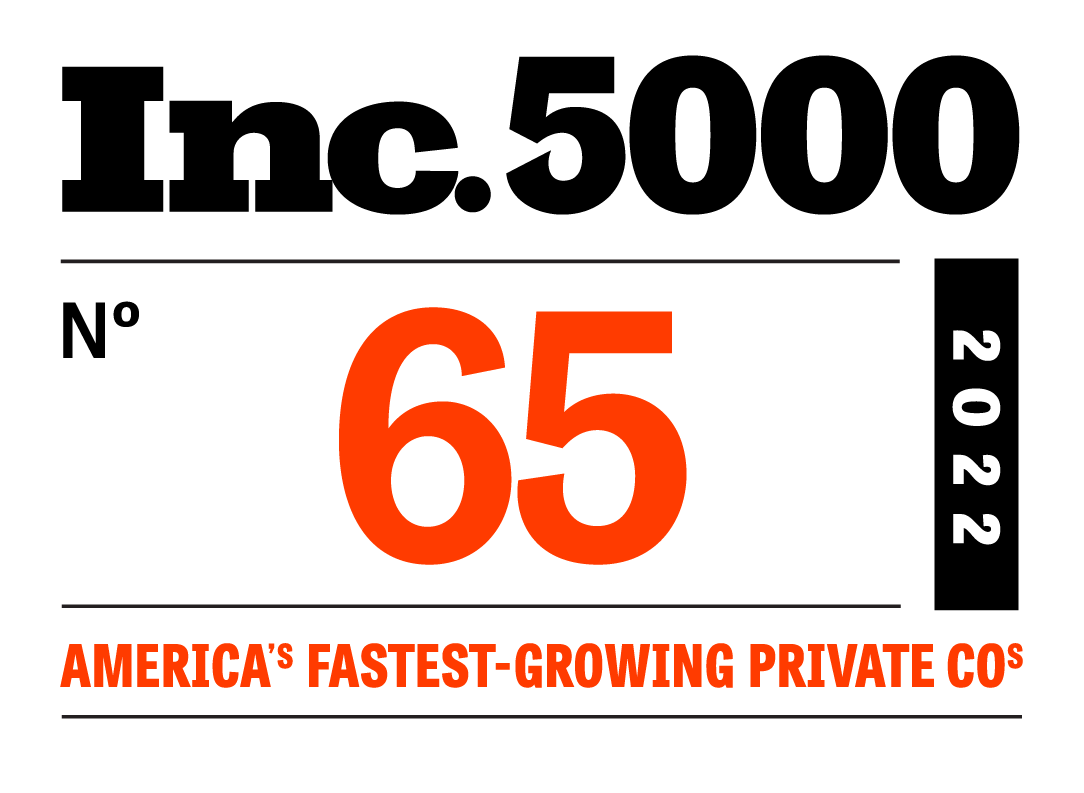
In our increasingly digital-first and on-demand world, it’s no secret that offering digital lending experiences is a top priority for business banks. How a bank decides to embark on that digital transformation is another story. Do we have the resources and time to build? Do we outsource to alternative lenders? Do we leverage software in-house?
Increasingly we hear from bank leadership that outsourcing through referral partnerships with alternative lenders is not the right model for their bank. Luckily, for banks without the internal engineering resources and time to build digital lending solutions themselves, they now also have digital lending software platforms to choose from.
Here are five reasons we frequently hear from bank executives on why outsourcing digital business lending is a bad strategy for their bank.
1. Offloads the customer relationship
Banks, and relationship banks in particular, understand that customer relationships are their lifeblood. So why would a bank abdicate that relationship and wave the customer away to a third-party with no understanding of the individual’s broader relationship with the bank?
When outsourcing digital lending, a bank effectively hands off the entire lending experience to an off-site third party. The underwriting and decisioning are often one-size-fits-all or black-box. Customers are treated like strangers. Follow up calls go to a call center somewhere, and follow up emails come from an individual with no insight into the customer’s history, accounts, and interactions with the bank.
This is especially concerning when considering a bank’s A-rated business banking customers. But even B-rated businesses are provided no avenue for a banker to assist in managing their credit to become an A-rated business customer of the bank.
2. Does not address banker and branch needs
Outsourcing treats the loan as a transaction, instead of as a piece of the relationship. These lending platforms discount knowledgeable bankers and branch staff and disconnect them from the business owner entirely.
The right digital lending technology, on the other hand, is banker-integrated and omni-channel. It should remove process from the equation and enable them to sell loans in new ways.
For example, it should empower bankers and branches with actionable business intelligence to consultatively sell loans and further their business banking relationships — whether that’s online, over the phone, in-branch, on-site, or in the community. It should help banker and branch staff evolve from inbound service, to inbound sales, and finally to outbound sales. And it should leave the customer with the feeling of "look what my banker did for me," not "look what a system did for me."
3. Sets the bank behind in automating larger credits
Small credits are the perfect “sandbox” for digital lending and sales transformation of larger credits. By making the decision to outsource small business digital lending, a bank is choosing to not develop core competencies around things like automated underwriting and sales transformation. And this doesn’t just set the bank behind in small credits, it sets the bank behind in larger credits.
The inevitability of automating larger credits is here. The megabanks are taking their success in automated lending of smaller credits, applying those learnings to larger loans, and they’ve grown rapidly as a result.
Let’s take American Express as an example, which has grown rapidly in recent years by combining a convenient digital lending experience with targeted marketing. Today they are the #1 originator of sub-$100K credits, the #1 originator of $100K-$250K credits (140% growth between 2014 and 2017), and the #7 originator of credits between $250K and $1M (128% growth between 2014 and 2017).
To ensure banks do not lose larger business credits, they must begin developing internal core competencies today with smaller credits. Outsourcing offers no opportunity to do so.
4. Is a breeding ground for poor customer experiences
The tragedy of many digital lending customer experiences is that they fall short on the promise of convenience. For example, yes, a customer has access to an online application — but that application can include 75+ fields of information and require the business owner to login to other accounts and go to their file cabinets to find documentation.
That was our experience test-driving how a business would secure a loan from a bank that outsources digital lending to an alternative lender. The whole process took close to an hour, was far from convenient, and was completely disjointed from other bank channels such as bankers and branches (who had no knowledge of our in-progress application, and no way to access and help us complete it).
Relationship banks pride themselves on “being easy to bank with”, so their digital experiences should not ask the borrower to do heavy lifting. The best digital customer experiences do the work for the borrower, and they should treat customers like customers — not strangers.
5. Was not designed for banks
As if this weren’t apparent by now, it’s safe to say that alternative lender technology was not originally built with the bank in mind. These platforms have been retrofitted for banks, as evidenced in their approach to underwriting transparency, limited customization and controls, little to no use of Core data, and no banker-integrated tools.
Putting a long loan application online is not enough to attract customers, nor is it enough to drive real bank growth — something that community and regional banks need in order to compete with megabanks in their local markets. Underwriting should leverage a bank’s Core data. Bankers need to be looped in and empowered, not left out. Customers need to be asked to do less work, not more. And their experience should be consistent and seamless across bank channels.
The good news is this: the wave of fintechs following the Great Recession has finally crashed onto the shores of the banking sector. Today, banks can evaluate digital lending software that aligns with their underwriting, infrastructure, ethos, and brand.






